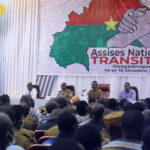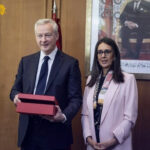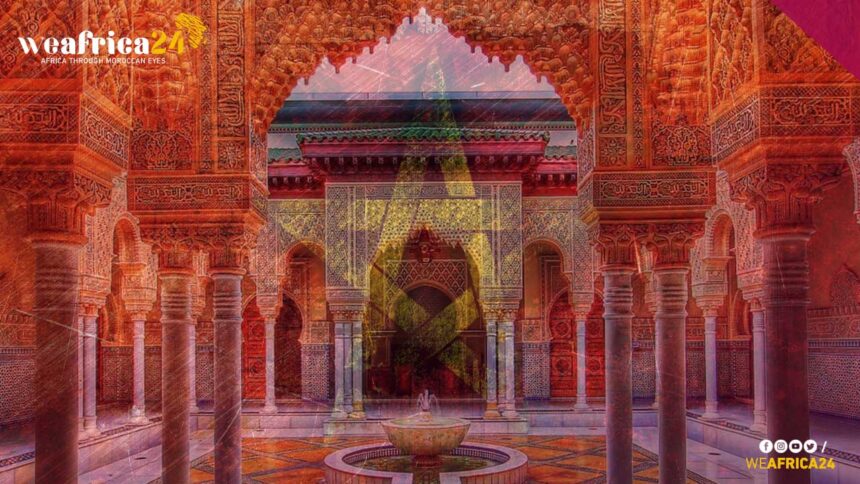Morocco’s cultural heritage spans centuries, influenced by Berber, Arab, and European traditions. Preserving and promoting this heritage is vital for both Morocco and Africa as a whole. Morocco takes great pride in its unique architecture, music, art, food, and clothing, and these cultural riches attract tourists worldwide. Furthermore, promoting Morocco’s cultural heritage can contribute to the country’s economic growth by creating jobs in the tourism industry.
As an African country, Morocco’s cultural heritage can inspire and influence the broader African cultural landscape, highlighting the importance of preserving and promoting it. Therefore, it is essential to ensure that Morocco’s cultural heritage continues to thrive for generations to come.
Uncovering the Historical Roots of Morocco’s Cultural Heritage
Morocco’s cultural heritage has a rich and complex history, dating back to the first inhabitants of the area, the Berbers. Their influence is still visible in the country’s language, art, and music. However, over time, Morocco’s culture was also influenced by the spread of Islam, which brought Arab culture and traditions to the region.
This influence can be seen in the country’s stunning architecture, religious practices, and daily way of life. The blending of Berber and Arab cultures gave rise to a unique Moroccan identity that is distinct from other cultures. Moreover, Morocco’s strategic location on the Mediterranean has exposed the country to various European cultures, particularly Spanish and French, which have also influenced its culture.
Additionally, it has played a significant role in the broader African cultural landscape. Its traders and travelers have interacted with other African cultures, particularly those in West Africa, resulting in the exchange of ideas, music, and traditions that have enriched African culture.
Cultural preservation efforts
Preserving and promoting the culture has been a significant priority for the country. The government has implemented several initiatives to safeguard and promote the country’s rich cultural heritage.
For example, the Ministry of Culture has created several programs to support and fund cultural projects, such as the restoration of historic sites, preservation of traditional crafts, and promotion of traditional music and dance. Additionally, the Moroccan National Heritage Foundation, a non-governmental organization, has been instrumental in preserving and promoting the country’s cultural heritage.
The organization has worked to restore and maintain historic monuments and buildings, preserve traditional crafts, and promote cultural tourism. Local communities have also played an active role in preserving the heritage of Morocco. In some cases, local communities have organized festivals and cultural events that showcase their traditional music, dance, and crafts. Moreover, several private businesses have also contributed to the preservation of Morocco’s cultural heritage by supporting traditional crafts and cultural tourism.
Collectively, these efforts demonstrate a shared commitment to preserving and promoting Morocco’s unique cultural heritage, which plays a significant role in the country’s identity and economy.
Preserving Morocco’s Cultural Heritage: Overcoming the Challenges
Morocco faces several challenges in preserving and promoting its cultural heritage. These include economic, political, and social factors. Economic challenges include a lack of investment in preserving cultural sites and historic buildings. Political unrest has disrupted cultural projects, while decentralization makes it difficult to coordinate efforts. Social challenges include a lack of interest in traditional practices and the influence of globalization.
Addressing these challenges requires a multi-faceted approach involving government initiatives, private investment, and community involvement.
Importance of Cultural promotion
Promoting cultural heritage has significance not just for the country but for understanding Africa’s diverse cultures globally. It creates a sense of pride and contributes to economic growth through cultural tourism. It also combats negative stereotypes by showcasing Morocco’s unique blend of Berber, Arab, and European influences.
Additionally, it promotes cross-cultural understanding and respect and highlights the importance of cultural exchange and influence in shaping African culture.
Conclusion
Morocco’s cultural heritage is a rich blend of Berber, Arab, and European influences, making it a unique and significant cultural destination globally. Despite challenges such as economic, political, and social factors, continued efforts to preserve and promote Morocco’s cultural heritage are vital. This is essential not only for the country’s identity and economic growth but also for understanding Africa’s diverse cultures globally. It can combat negative stereotypes, foster cross-cultural understanding and respect, and promote the importance of cultural exchange and influence in shaping African culture.
Thus, preserving and promoting Morocco’s cultural heritage should remain a top priority for the benefit of both Morocco and Africa as a whole.
Sources :
1 – Ochan, Ali. “The Amazigh Cultural Movement.” The Amazigh Cultural Movement in Morocco (2020)
2- Rodríguez-Navarro, Pablo, and Teresa Gil Piqueras. “Preservation Strategies for Southern Morocco’s At-Risk Built Heritage.” Buildings 8.2 (2018)
3- noor-book.com/en/hdp8kj







